Positive Action Rehab & Performance
Running Rehab in San Antonio

Running Rehab in San Antonio
Every individual, whether a beginner or a seasoned marathoner, understands the importance of a strong and steady stride when it comes to running. Performance isn’t just about speed—it’s about the holistic integration of strength, flexibility, mechanics, and form. And for many, the secret to unlocking optimal run performance lies in the realm of physical therapy.
A Comprehensive Look at Performance
Before diving into the potential improvements in run performance, it’s essential to undergo a thorough assessment. Clinics like Positive Action are leading the way in this regard. By analyzing aspects such as gait, strength, flexibility, and mechanics, they can pinpoint areas that require attention. This detailed analysis ensures a tailored approach to improvement, rather than a one-size-fits-all solution.
Your gait, for instance, represents your running style and rhythm. Anomalies or irregularities in your gait can lead to inefficient running patterns, making you more prone to injuries and reducing your overall performance. On the other hand, strength is the backbone of endurance. Without adequate muscle strength, especially in core areas, runners may find themselves fatigued more quickly, unable to maintain pace or distance.
The Benefits of Running Rehab in San Antonio
Physical therapy emerges as a crucial element in this performance-improvement puzzle. Through targeted exercises, stretches, and techniques, physical therapy can address and rectify the imbalances and weaknesses identified during the assessment.
Physical therapists are trained to understand the intricacies of the human body. Their insights into the musculoskeletal system are invaluable for runners aiming to elevate their performance. By working closely with a physical therapist, you can:
Enhance Flexibility: One of the fundamental benefits of physical therapy is improved flexibility. Through dynamic and static stretches, physical therapists can increase the range of motion in muscles and joints, ensuring smoother, more efficient strides.
Strengthen Key Muscle Groups: Physical therapists use resistance training and targeted exercises to build strength in essential muscle groups for runners, like the quadriceps, hamstrings, calves, and glutes. Stronger muscles can absorb the repetitive impact of running, protecting the joints and reducing the risk of injury.
Optimize Mechanics: Running mechanics refers to the technique or form a runner uses. Poor mechanics can lead to energy wastage and increased injury risk. A physical therapist can offer feedback and corrective exercises to ensure your body moves in the most efficient and safe manner possible.
Running with Proper Form
No matter your running goals—whether it’s transitioning from your couch to a 5K or pushing for a new personal record in a marathon—proper form is paramount. Good running form ensures efficiency, minimizes energy wastage, and reduces strain on the body.
Physical therapy’s role in teaching and ensuring proper form cannot be overstated. It’s not just about moving your legs faster. It’s about the tilt of your pelvis, the alignment of your spine, the swing of your arms, and even the placement of your feet with each step. Each detail matters, and each can be the difference between a smooth run and potential injury.
Positive Action’s emphasis on teaching proper form stands as a testament to its importance. When trained under expert guidance, you’re not just preparing to run a race; you’re gearing up to run your best race.
Improve Running Performance in San Antonio
In the world of running, performance is multifaceted. It’s a blend of speed, stamina, strength, and form. While natural talent plays a role, the true potential of a runner often remains untapped without expert intervention.
Physical therapy, with its focus on individual strengths, weaknesses, and goals, offers a path to this untapped potential. By addressing issues at their root and building a strong foundation of flexibility, strength, and form, runners can achieve a performance level they might have previously thought unreachable.
As you lace up for your next run, remember that the journey to optimal performance is a marathon, not a sprint. With the right guidance, commitment, and approach, you’re well on your way to achieving your personal best.


